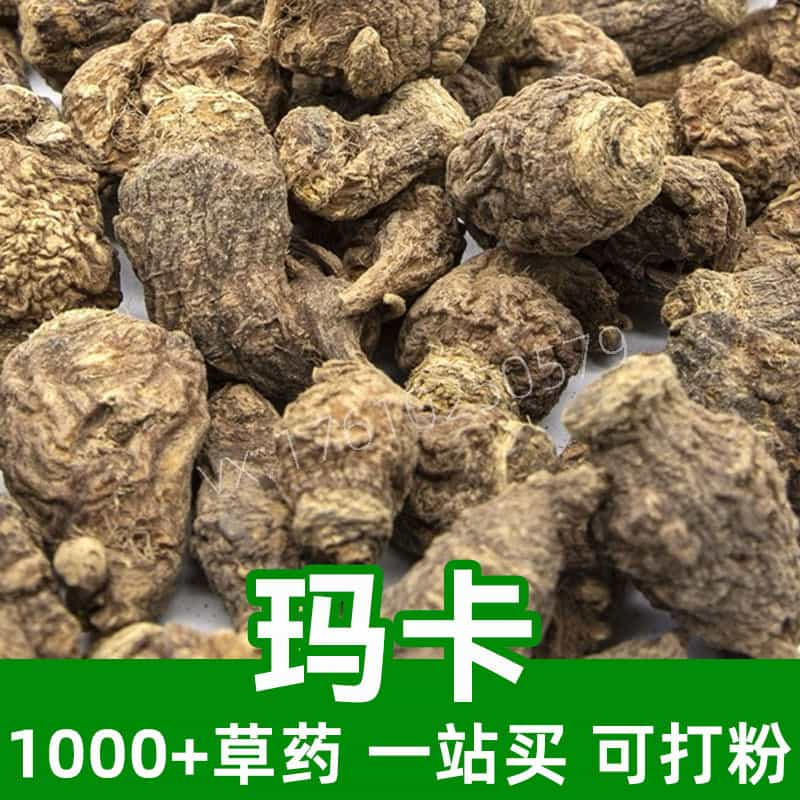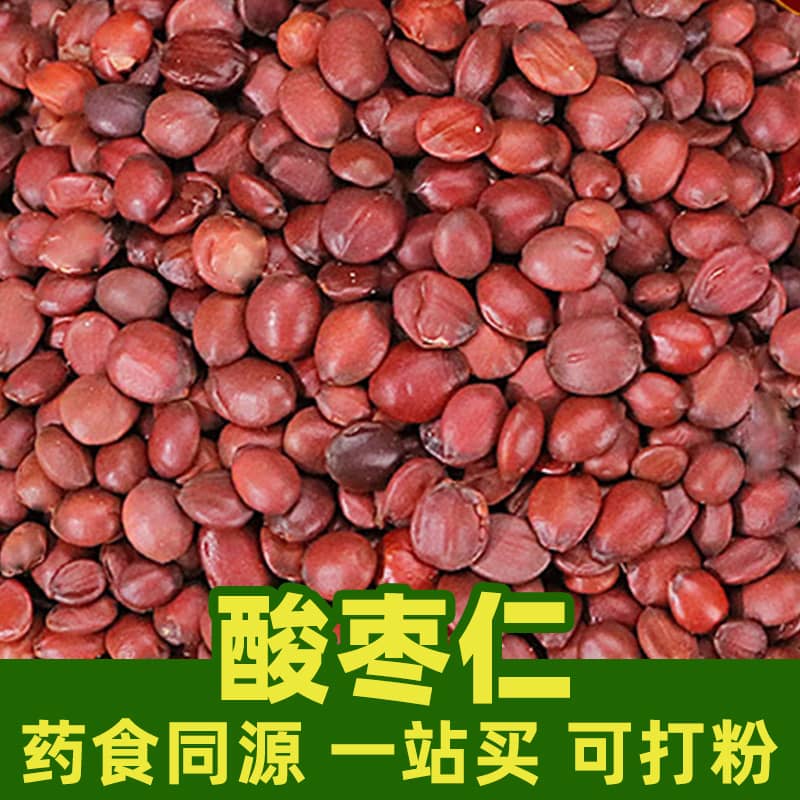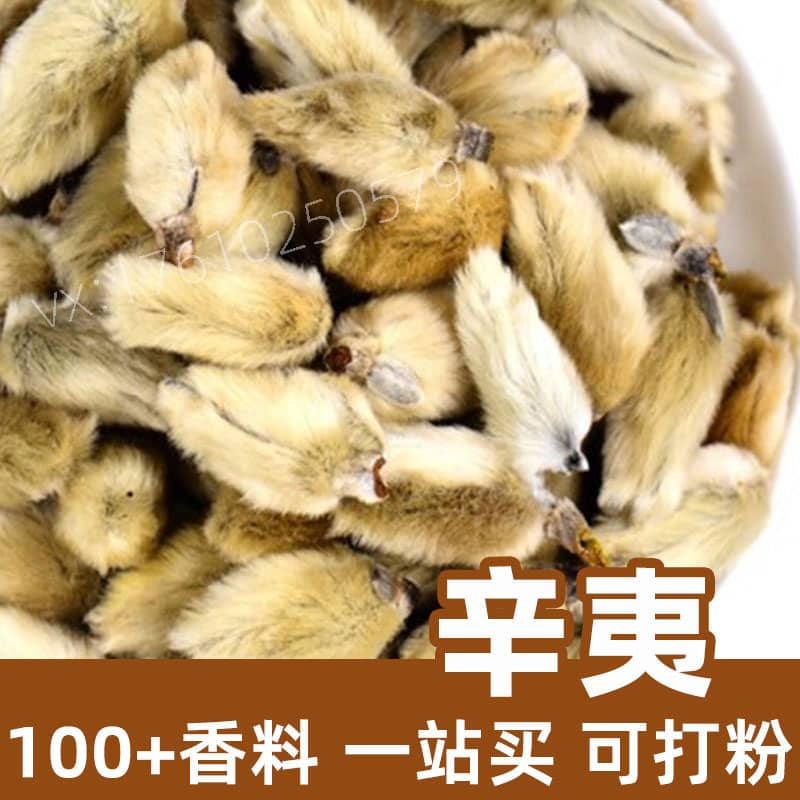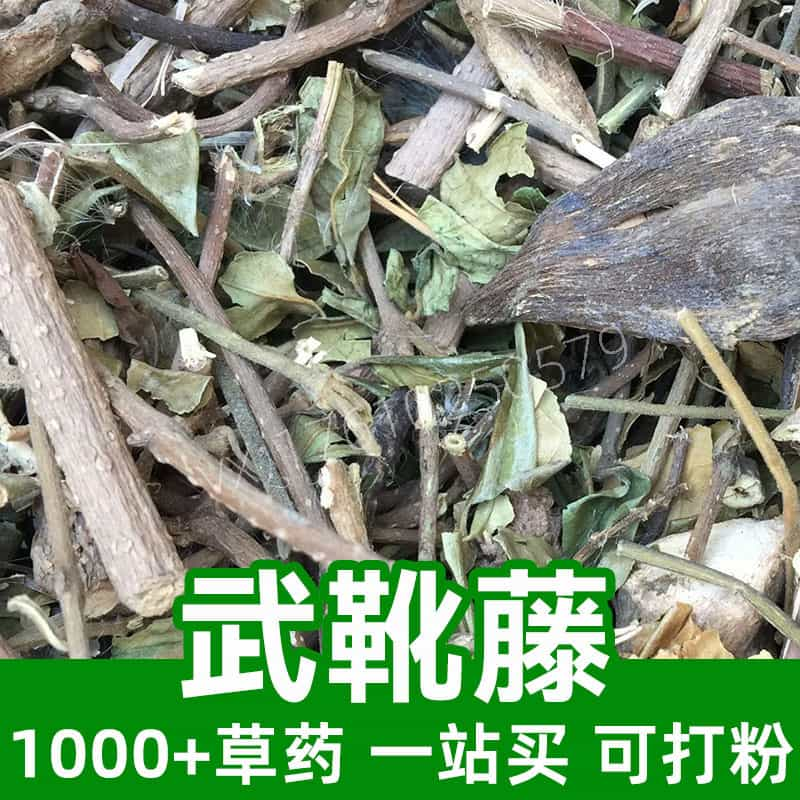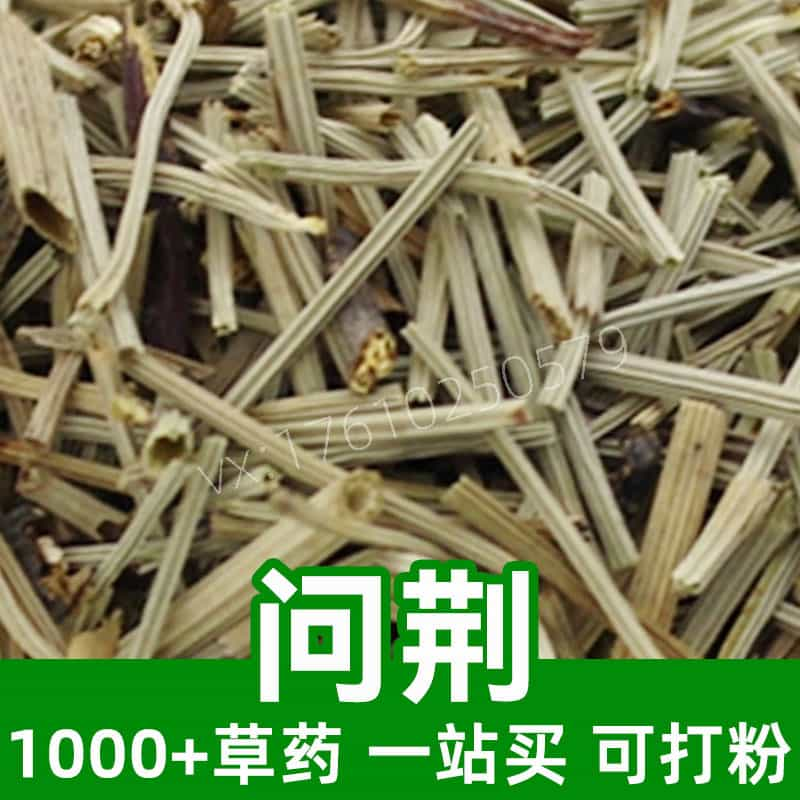Introduction of Chan Tui products
Cicada molt refers to the outer shell left behind after the transformation of cicada insects. Its main components include chitosan, protein, amino acids, etc. Its origin can be traced back to the life cycle of cicada insects. Usually, after the adult completes the transformation, the shed outer shell is the cicada molt. Cicada molt has a long history and wide application in the field of traditional Chinese medicine. It is often used to clear away heat and detoxify, relieve itching and pain, and calm the nerves. In clinical practice, cicada molt is often used to treat symptoms such as fever, dysentery, epilepsy, and insomnia. Cicada molt has a mild nature and is suitable for people of all ages, but during use, you should follow the doctor's advice and control the dosage to avoid adverse reactions.
Main active ingredients of cicada shell
As a traditional Chinese medicine, cicada molts have chitosan, protein, amino acids and other main active ingredients. Chitosan is one of the main components of cicada molts and has multiple pharmacological activities, such as antibacterial, anti-inflammatory, and antioxidant. It can be used to improve immune function and promote wound healing. Protein is an important component of cicada molts and has a nutritional effect. It can provide the body with the amino acids it needs, promote metabolism, and maintain good health. Amino acids are another important component of cicada molts, including serine, lysine, phenylalanine, etc., which have the effects of regulating the nervous system, promoting growth and development, and enhancing immunity.
In addition, cicada sloughs also contain a variety of trace elements and bioactive substances, such as minerals such as zinc, iron, calcium, magnesium, as well as cicadain, methane acid, methylmalonic acid, etc. These ingredients have certain pharmacological effects, such as promoting blood circulation, regulating endocrine, and anti-aging. These ingredients in cicada sloughs interact with each other and play a pharmacological effect together, providing a theoretical basis and clinical basis for its wide application in the field of traditional Chinese medicine.
Application scenarios and usage of Chan Tui
As a traditional Chinese medicinal material, cicada slough is widely used in the field of traditional Chinese medicine. It is often used to clear away heat and detoxify, dispel wind and relieve itching, disperse knots and reduce swelling, and has important medicinal value. The following are the main application scenarios and usage and dosage of cicada slough in the field of traditional Chinese medicine and food:
- ** Clearing away heat and detoxifying: ** Cicada slough has the effects of clearing away heat and detoxifying, dispersing nodules and reducing swelling, and can be used to treat heat-toxic diseases, such as sore throat, carbuncle, furuncle, etc. It is often used in prescriptions or boiled alone for drinking.
- Relieve wind and relieve itching: Cicada molt has the effect of dispelling wind and relieving itching, and is suitable for skin diseases such as rubella, scabies, etc. It can be applied externally or taken internally.
- Treatment of rubella: Cicada slough can be used to treat fever, rash and other symptoms caused by rubella, and is often used in combination with other heat-clearing and detoxifying drugs, such as Forsythia suspensa, honeysuckle, etc.
- Reduce swelling and dissipate nodules: Cicada molt has the effect of reducing swelling and dissipating nodules. It can be used to treat diseases such as lymphadenitis and mastitis. It is often used in combination with gypsum, scutellaria and other drugs.
- Usage and Dosage: For adults, generally take 10-15 grams of cicada slough each time, decoct it into a decoction and drink it; or grind it into powder and apply it to the affected area, 1-2 times a day. For children, the dosage should be halved or used according to the doctor's advice.
- Food additives: In the food field, cicada shells can also be used as a food additive to season or increase the nutritional value of food. Common food additive forms include powder, extract, etc.
- Precautions: When using cicada slough, care should be taken to avoid overdose, especially in children and pregnant women. In addition, individuals with allergies should avoid using cicada slough preparations.
In general, as a traditional Chinese medicinal material, cicada slough has broad application prospects in the fields of traditional Chinese medicine and food. However, when using it, it is still necessary to follow the theory of traditional Chinese medicine, combine the specific condition and physical characteristics, carefully select, and pay attention to reasonable dosage and method.
Introduction to plants from which cicada shells originate, their distribution and growth environment
Cicada molt, also known as cicada shell, molt, etc., is the outer shell that falls off after the cicada larvae metamorphose. It is a common Chinese medicinal material. The following will introduce the source plants, distribution and growth environment of cicada molt:
- Source Plants: The source plants of cicada molts are mainly cicada insects, belonging to the family Cicadidae in the order Hemiptera. Cicada larvae undergo multiple moltings during their growth and development, and the outer shell left after each molting is the cicada molt. Common cicada species include the leaf cicada, dark green cicada, Japanese cicada, etc.
- Distribution: Cicadas are widely distributed in all continents of the world, mainly in tropical and temperate regions. In China, cicadas are also one of the more common insects, with a distribution range all over the country, especially in the southern region.
- Growth environment: Cicada larvae grow mainly in the soil or under trees. They live in the soil near the roots of trees and feed on plant roots. Cicada larvae dig holes in the soil and suck the juice from plant roots. Adults chirp on branches, trunks, etc.
- Seasonal characteristics: The growth season of cicada larvae is mainly in summer, so cicada molts are more abundant in summer. Cicada larvae spend the winter underground, and when the adults emerge in summer, they often leave a large number of cicada molts. This is because the adults will engage in courtship and mating after molting, and the molted shells will remain in place, forming a large number of cicada molts.
- Ecological significance: Cicadas play an important role in the ecosystem. They not only control the growth of plants, but also provide food for other insects or animals. In addition, the chirping of adult cicadas in summer is also one of the unique sounds of summer, which has certain ecological significance and ornamental value.
Generally speaking, cicada molts are the outer shells shed by cicada larvae after metamorphosis, and are mainly distributed in tropical and temperate regions of all continents around the world. They grow mainly in the soil or under trees. Summer is the main season for the growth of cicada larvae, so summer is the period when cicada molts are more abundant. Cicada molts have certain ecological significance and ornamental value in the ecosystem.
Harvesting, processing, storage and preservation of cicada shells
Cicada slough is an important traditional Chinese medicine. Its collection, processing and storage are crucial to ensure its medicinal value. The following is an introduction to the collection, processing and storage of cicada slough:
- Harvesting time: The harvesting time of cicada molts is usually after the adult emerges, that is, after the molting is completed. Summer is the period of frequent cicada activities and the season when cicada molts are more abundant, so the best time to collect cicada molts is generally in summer.
- Collection method: When collecting cicada sloughs, mature cicada sloughs are usually selected to avoid damage or deformation. When collecting, cicada sloughs can be carefully removed from trees or the ground by hand or with tools to avoid excessive contamination or damage.
- Processing: The collected cicada sloughs need to be processed initially, including cleaning and drying. When cleaning, use clean water to gently wash away the impurities and dust on the surface. For drying, place the cleaned cicada sloughs in a ventilated and dry place to dry until they are completely dry.
- Storage and preservation: When storing cicada sloughs, attention should be paid to moisture-proof and mildew-proof, and they should be kept ventilated and dry. Generally speaking, the dried cicada sloughs can be placed in a dry and ventilated place and stored in a dry and sealed container to avoid moisture or insect damage.
- Prevent deterioration: During storage, the quality of cicada molts should be checked regularly and damp or damaged ones should be removed promptly to prevent deterioration. If mold or odor is found on the cicada molts, they should be disposed of or replaced immediately.
- Quality standards: During the processing and storage process, relevant quality standards and specifications must be followed to ensure the medicinal value and safety of cicada molts. At the same time, care should be taken to avoid using chemical drugs or additives to treat cicada molts, so as not to affect its quality and efficacy.
In summary, the harvesting, processing and storage of cicada sloughs require attention to time selection, processing and storage environment to ensure their medicinal value and stable quality. Correct processing methods and storage conditions help maintain the original characteristics and efficacy of cicada sloughs.
Monica Sun is a seasoned expert in the natural raw materials industry, with over a decade of experience specializing in traditional Chinese medicinal herbs, spices, and fungi. She is skilled in the sourcing, processing, and application of these materials, emphasizing sustainability and innovation. Monica Sun has contributed to the development of high-quality natural raw materials that serve as essential components in functional foods, pharmaceuticals, and cosmetics, delivering tailored solutions to meet diverse market needs.









